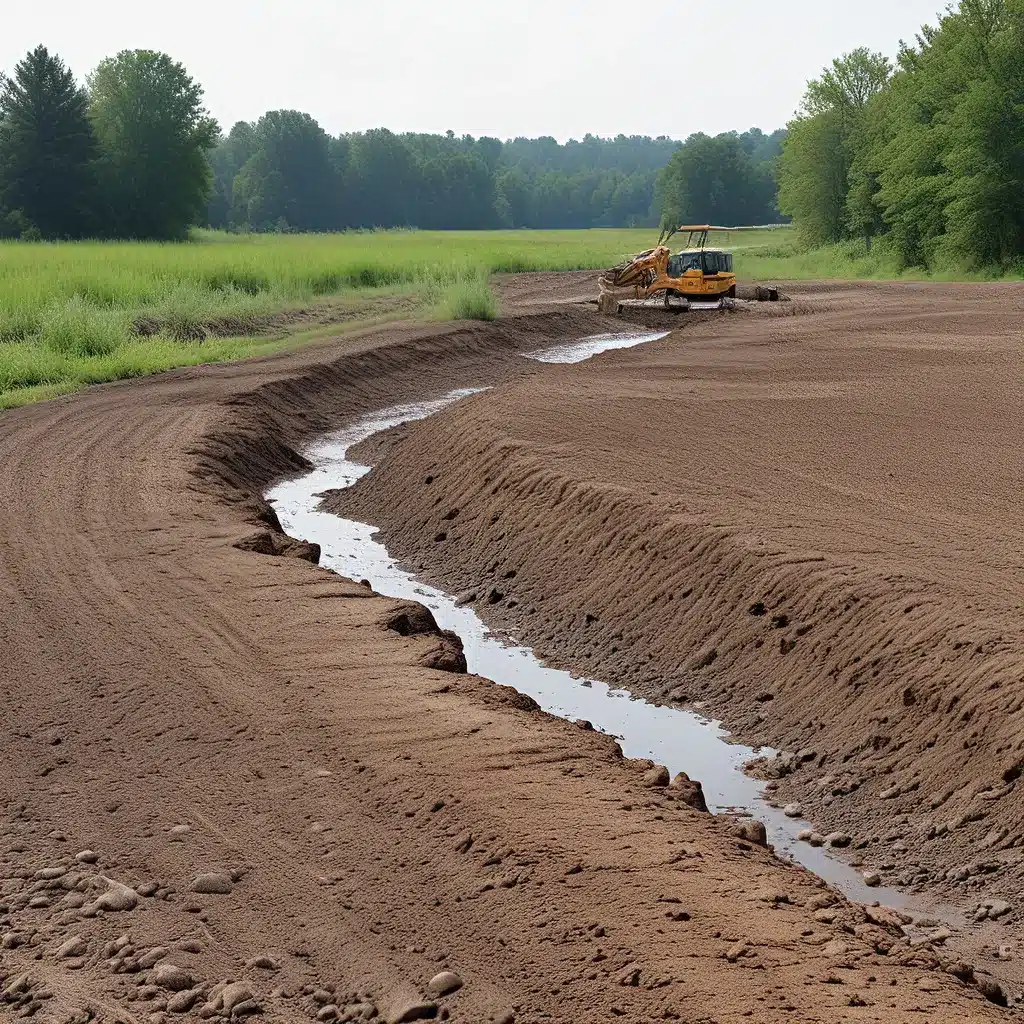
The Forgotten Scars of Progress
It’s easy to get caught up in the shiny veneer of development, isn’t it? New skyscrapers reaching for the clouds, gleaming shopping malls, and bustling streets – these are the hallmarks of a thriving city. But what lies beneath the surface? What secrets do these urban landscapes hold?
Let me take you on a journey through the often-overlooked world of soil remediation, where the invisible scars of progress are being healed. It’s a story of transformation, where contaminated lands are reclaimed, and communities are reborn.
Uncovering the Ghostly Past
Picture this: a once-bustling industrial hub, now a ghost town, its factories long abandoned, leaving behind a toxic legacy. These are the brownfields – former industrial sites where future development is complicated by pollution and hazardous waste. It’s a problem that plagues cities across the globe, and Detroit is no exception.
As Sundus Bhatti, a master’s student in urban studies and planning at Wayne State University, discovered, Detroit has a rich history of manufacturing and innovation. But as the city grappled with deindustrialization, many of these once-thriving sites were left behind, forgotten and neglected.
Imagine standing on the edge of one of these abandoned industrial plots, the air thick with the scent of decay. It’s a haunting sight, a stark reminder of the price we’ve paid for progress. But this is where the real work begins – the transformation from contaminated wasteland to vibrant community asset.
The Soil Remediation Revolution
So, how do we breathe new life into these forgotten spaces? The answer lies in the intricate process of soil remediation. It’s a delicate dance, one that requires the expertise of environmental engineers, soil scientists, and urban planners.
As the research suggests, the first step is a comprehensive assessment of the site, analyzing the extent and nature of the contamination. This sets the stage for the application of targeted cleanup methods, from the removal of pollutants to the safe disposal of hazardous materials.
But the transformation doesn’t stop there. These remediated sites can then be repurposed, turned into everything from parks and gardens to residential complexes and commercial hubs. It’s a process that not only removes the environmental risks but also breathes new life into these forgotten spaces, creating valuable community assets.
Revitalizing the Urban Landscape
Picture a once-blighted industrial district, now a bustling hub of activity. That’s the story of Rivertown in Detroit, where investments from the Environmental Protection Agency (EPA) and the city’s forward-thinking vision have transformed the landscape.
Where there once stood abandoned factories and crumbling warehouses, you’ll now find the Detroit Riverwalk, a beloved pedestrian and bike path that runs along the riverfront. Nearby, the Michigan DNR Outdoor Adventure Center, a former maritime steam engine factory, has been transformed into an interactive recreation museum. And the once-imposing cement silos and underground storage tanks have given way to the luxurious Orleans Landing apartment complex.
It’s a remarkable transformation, one that not only removes the environmental hazards but also breathes new life into the community. As Bhatti points out, “Revitalizing contaminated land is more expensive than building on untouched land, but once remediated, the community experiences a reduction in exposure to environmental contaminants, a reduction in blight and crime, and increases in economic development and job creation.”
Financing the Future
But this transformation doesn’t come cheap. Soil remediation can be a costly endeavor, and it often requires the support of government agencies and financial institutions to make it happen.
As we’ve seen in Ohio, the state government has stepped up, providing $88 million in brownfield grants to support the redevelopment of contaminated sites. This kind of financial support is crucial, as it helps to offset the initial costs and make these projects viable.
Additionally, tools like Tax Increment Financing (TIF) and EPA cleanup grants can be leveraged to fund the transformation. TIF, for example, allows municipalities to tap into the anticipated growth in tax revenue to finance redevelopment, while EPA grants can provide up to $2 million in tailored funding for specific cleanup efforts.
A Brighter, Greener Future
As we continue to grapple with the legacy of industrialization, the importance of soil remediation cannot be overstated. It’s a complex and often daunting challenge, but one that holds the key to revitalizing our urban landscapes and creating a more sustainable future.
By working together – community leaders, policymakers, and environmental experts – we can turn these contaminated wastelands into vibrant hubs of activity, where people can live, work, and play in a safe and healthy environment. It’s a transformation that not only benefits the local community but also contributes to the larger goal of creating more livable, eco-friendly cities.
So, what does the future hold for these once-forgotten spaces? The possibilities are endless, limited only by our imagination and our commitment to sustainable development. One thing is certain: the soil remediation revolution is well underway, and the transformation of contaminated landscapes is just the beginning.
Ready to explore the possibilities? Head on over to Inland Waters Inc. and discover how we’re leading the charge in soil remediation and environmental restoration.


